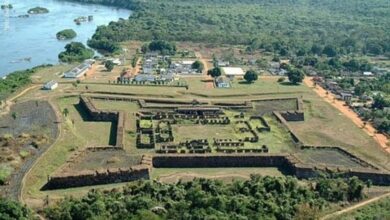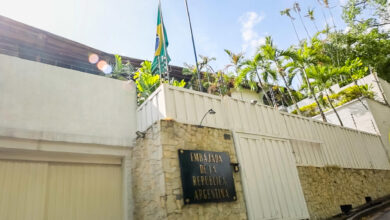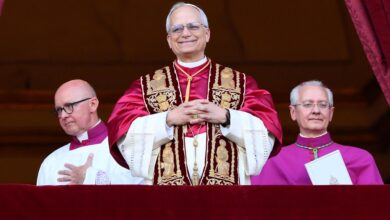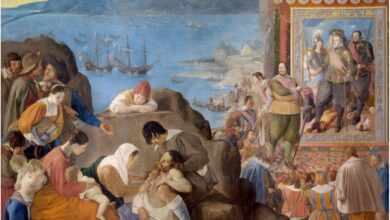The Huáscar, a dispute between Chile and Peru with 135 years of history
Huáscar is the name of one of the last Incas, as the sovereigns of the Inca empire that inhabited South America were known from the south of what we know today as Colombia, Ecuador, Peru, Bolivia, and northern Chile.

Historical relic and Huáscar monitor museum anchored in front of the naval base of Talcahuano. / Photo: huascar.cl
LatinAmerican Post | Alberto Castaño
Listen to this article
Leer en español: El Huáscar, una disputa entre Chile y Perú con 135 años de historia
But that name, of supreme importance for history, is also the apple of discord for almost a century and a half between Chile and Peru.
The Huáscar is a ship that participated in the War of the Pacific, fought between Peru, Chile and Bolivia between 1879 and 1884 in which the latter lost its exit to the sea after having caused the conflict in the absence of economic treaties with Chileans. As traditionally said, Bolivians "went for wool and came out sheared."
But today, 135 years after the end of the war, there are still quarrels and differences between Peruvians and Chileans for this ship that is a reminder of the times of war between the three nations.
Built in 1865 it is considered the second-oldest armored car in the world that still remains afloat. Today it is a floating museum attended by more than 150 thousand people every year to learn about the history it contains.
Anchored off the coast of Talcahuano in southern Chile, Huáscar began its participation in the war with the Peruvian flag and ended it under the Chilean flag. Virgilio Acuña Peralta, a Peruvian congressman, still demands the repatriation of the war relic, but other times he has less conventional ideas, such as doing a ceremony on the border between the two countries and sinking the Huáscar.
It is not only an old battleship that recalls the participation of the Peruvian crew that lost it in battle. It was also the scene of important events that tipped the balance of war for and against depending on the hands that were held at his helm.
Read also: San Javier, the Russian town in Uruguay
Arturo Prat, a Chilean hero, fell dead on the Huáscar deck, after the corvette 'Esmeralda', which he commanded, was caught in the crossfire between the Peruvian ship and the forces on the ground in Iquique, the port that the 'Emerald' intended to block.
When the corvette began to capsize, Captain Prat ordered the crew to try to board the Huáscar, being himself one of the first to jump to its deck, finding a headshot that ended instantly with his life. Today, on that deck, there is a monument in the exact place where its inert remains fell.
But the Chileans were not the only ones who lost a war hero in the Huáscar, also the Peruvians suffered one of the most sensitive casualties and that would eventually lead to declaring 'El Peruano del Milenio' to the old commander of the armored navigator. Admiral Manuel Grau, son of a Peruvian nationalized Colombian colonel, became the headache of Chileans who were unable to face the fierceness of Huáscar.
It was in the battle of Angamos, on October 8, 1879, multiple ships surrounded the Peruvian armored car and attacked him in a battle without possibilities by the Peruvian ambushes commanded by Grau. That impeccable sailor was called "The Knight of the Seas", because his respect for the enemy earned him respect not only among his own men, but also among his adversaries, as one of the most respectful gestures he had, was to send the remains of Arturo Prat to his widow in Santiago when he tried unsuccessfully to take the Huáscar after the sunken La Esmeralda.
Read also: Crisis in Bolivia: Evo Morales announces new elections
Apparently it was a cannon shot that reached him at the command post blinding the admiral's life, tearing him apart and leaving as the only vestige of his existence, half leg, from the calf to the foot covered by a swag of his uniform. For him, there's also a monument erected on the ship's deck nowadays.
His remains remained more than 80 years in Chilean territory, until finally on July 13, 1890, they returned to their native Peru to find eternal rest in their land.
And while the remains of each of the heroes, Peruvians and Chileans, rest for eternity in the history of the two nations, the Huáscar will remain anchored despite Peruvian wishes, off the coast of Chileans as one of the booties of war most appreciated of all time in the history of our Latin America.





